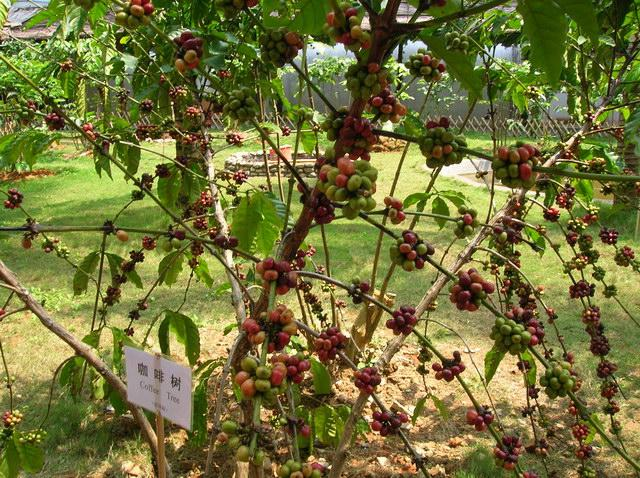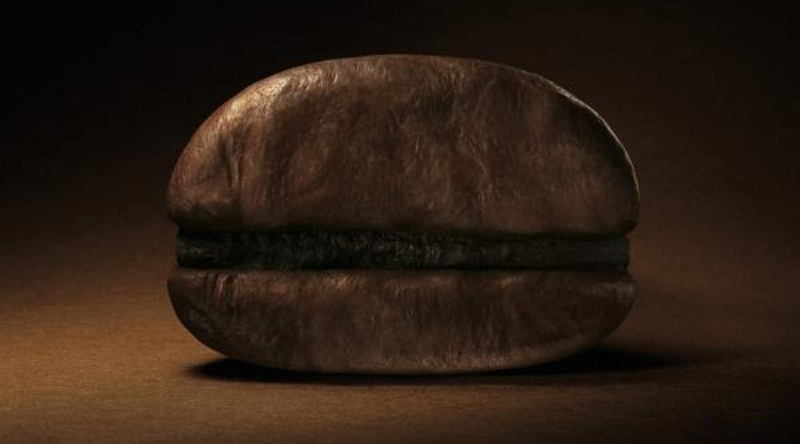Introduction to Nekisse Coffee Bean (Origin: Sidama)
Nekisse is the third 90 + bean found by Ninety Plus after Aricha and Beloya in 2010. And got the highest score of 96 on Coffee Review for that year (the following materials are mostly taken from the website of Ninety Plus). Nekis
Nekisse is the third 90 + bean found by Ninety Plus after Aricha and Beloya in 2010. And got the highest score of 96 on Coffee Review for that year (the following materials are mostly taken from the website of Ninety Plus).
Nekisse's raw bean smell is so special that when you open the bag, you will be shocked by its strong wine smell. As for the taste, maybe you need a process. If you are used to drinking washed Essex beans such as Yega Snow Coffee, which are common in China, you may not like this sun-dried espresso for the first time, but after drinking it a few times, you will definitely be fascinated by this amazing fruit coffee! In a cafe in New York, it was even sold for $12 a cup.
Nekisse is from Shakisso. as early as 2008, Ninety Plus specially processed a bag of Shakisso coffee, which was described at the time as "strong fruit (strawberry jam), cinnamon, flowers, chocolate, apricot peaches", so Ninety Plus decided to develop a tracking program in the area, and by the end of 2009, highly dense apricots and spices were significantly enhanced and went on the market in the spring of 2010.
The taste of Nekisse focuses on understated and elegant, its depth can not be small, and its rich taste is its charm!
Because it is located at very high altitude, the bean shape is small, but the sweetness is very high (usually high altitude beans, high acidity), it does not taste like Aricha, Beloya, the perfumed fruit (perfumed fruit) (effusive), but if you put aside the wet powder cooked by Nekisse, you
You will smell a very strong and complex flavor of spices (spicy notes), which can be clearly felt when drinking slowly, so the change of Nekisse in cooling is its strength.
Another feature is the subtle change of taste over time after baking. In terms of shallow baking, from 3 to 5 days of sweetness, to 7 to 10 days of juice, to more than 12 days of sour wine.
It is said that Nekisse performs well in both deep baking and light baking, but there is a great difference in flavor and taste. In short, shallow baking: sweet floral aroma (sweet floral aroma), large granulated fruit fruit (big berry), fruit juice sweet (juicy sweetness), honey tail (honey-like aftertaste), bitter sweet spice (bitter-sweet spice) Deep baking: brand-toned fruit aroma with wine, blackberry (similar to strawberry after exhaust), citrus and brandysh acidity (citrus, bergamot & brandysh acidity), consistency (syrupy mouthfeel), sweet chocolate (semi-sweet chocolate). However, I have never liked deep baking, and this bean has never been deeply baked.
Product name: Nekisse coffee beans
Origin: Aleta Wondo,Sidama (Ninety Plus Co.)
Altitude: 1700-2000 m
Variety: Mixed Heirloom
Treatment: solarization (N2)
Flavor characteristics: strawberry, peach, citrus, cream, passionflower and other fruits
Aroma: 9
Acidity: 8
Thickness: 8
Flavor: 10
Yu Yun: 9
Baking degree: moderate
Packing: 200g (2 bags, 100g / bag)
Suggested production method: hand punching
Degree of grinding: fineness of sugar (Fuji Ghost Tooth Mill 33.5)
Water temperature: about 93-96 degrees
Powder / water ratio: 1: 15: 20 (I usually take the intermediate value of 1:17 or 18)
Soak time: 3-4 minutes (it is recommended that you use no less than 15 grams of powder for each hand flush)
Water quality: colorless, no odor, TDS tester reading: 150PPM
PS: Gima, Sidama and Sidama are the three major coffee producing areas. In 2005, Gima produced 26743 tons of coffee, accounting for 23.2% of the state and 11.8% of the country.

Source: coffee bug
Important Notice :
前街咖啡 FrontStreet Coffee has moved to new addredd:
FrontStreet Coffee Address: 315,Donghua East Road,GuangZhou
Tel:020 38364473
- Prev

Boutique coffee beans: an introduction to Sumatran Mandheling in Sumatra
[introduction] the history of coffee cultivation in Sumatra began in the 18th century, and the origin of the name Mantenin itself is very ethnic. The famous producers of Asian coffee are the islands of the Malay Archipelago: Sumatra, Java, Kalimantan (formerly Borneo Borneo), Sulawesi and Sulawesi.
- Next

Boutique coffee beans: how to choose and buy excellent coffee beans? It is necessary to make a good cup of coffee
The nutrition of coffee beans is of great help to people's body, and drinking more coffee is the best choice for daily maintenance. It is not difficult to choose a coffee that suits your taste, so how to choose fresh and nutritious coffee beans? Coffee beans contain caffeine, a small amount of caffeine will promote kidney function, help the body's excess metal ions out of the body, tannic acid, a small amount of protein
Related
- Guji coffee producing area of Guji, Ethiopia: Humbela, Shakiso, Wulaga
- What is the most expensive variety of Qiloso in BOP multi-variety group?
- How to store the coffee beans bought home?
- Why are Yemeni coffee beans so rare now?
- Ethiopian Sidamo all Red Fruit Sun Sun Santa Vini Coffee beans
- SOE is mostly sour? What does it mean? Is it a single bean? what's the difference between it and Italian blending?
- Is Italian coffee beans suitable for making hand-brewed coffee?
- How to choose coffee beans when making cold coffee? What kind of coffee beans are suitable for making cold coffee?
- Just entered the pit to make coffee, what kind of coffee beans should be chosen?
- Can only Japan buy real Blue Mountain Coffee? What are authentic Jamaican Blue Mountain coffee beans?

